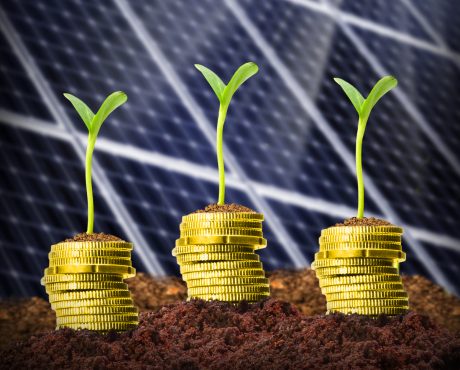BEP Stock: A Dividend-Paying Stock Worth Noticing
With any dividend-paying stock, the most important thing is the payout and how future payments could be impacted. As such, the clear goal is to buy into a company that is able to not only sustain its current dividend, but increase it.
Now there is no way of predicting of how much a dividend will increase and how often it will occur, if at all. However, there is information that could help investors make a more informed decision regarding whether the dividend is sustainable and stands to rise, which this article will go over.
This checklist will be used to analyze Brookfield Renewable Partners LP’s (NYSE:BEP) dividend policy to see if an investment would be appropriate. The current dividend yield for BEP stock is 5.57%, hence its status as a high-dividend-yielding stock. Below are three aspects of the business that will determine if BEP stock is right for your portfolio.
Business Operations
The most important aspect to consider is how essential the company’s products and/or services are. That’s why you should look at the company as a whole, outside of the current financial statements and dividend.
Brookfield owns and operates electricity and renewable energy assets, including hydroelectric, wind, and solar panels, in 15 different markets. Its portfolio features more than 200 hydroelectric generating stations and more than 30 wind facilities.
Brookfield benefits from offering services needed every day; no matter the performance of the economy, electricity is a necessity. In other words, the company’s services are essential to the economy, which keeps the money rolling in.
Also Read:
Top 5 Utility Stocks to Watch in 2017
7 Energy Stocks That Pay Healthy Dividends
Top-Line Revenue
Research the company’s history over many years, specifically revenue trends. Said trends should have been upswings, meaning a higher possibility in the present of the dividend being sustained and, of course, growing.
A period of five years is good for gaining a solid understanding of a business. In this case, from 2012 to 2016, the revenue saw annual growth, with top-line revenue more than doubling. This means that the dividend is able to be paid out to investors without worry of cuts, or worse. This growth also makes dividend hikes possible. Another benefit of a growing revenue line is the greater chance of an increased stock trading price, since investors would want to invest in a growing company. (Source: “Brookfield Renewable Partners L.P.,” MarketWatch, last accessed July 24, 2017.)
Nikos Patsiouris/Flickr
Growing Payout?
Since a dividend is a choice for the company and not a requirement, the treatment of shareholders can say a lot.
Consider past dividend payments. Has the company shown itself willing and unafraid to increase the payout? In Brookfield’s case, the answer is “yes,” having hiked the dividend an amount between five and nine percent each time.
The dividend outlook is also important to consider. Are your personal investment goals in step with the company outlook? Keep in mind the company reviews the dividend annually to keep its outlook up-to-date–and, as just mentioned, its dividend growing. When the stock’s capital gains are factored in, it is possible to see double-digit gains, as well as obtain insight as t how to receive your returns. (Source: “Overview,” Brookfield Renewable Partners LP, last accessed July 24, 2017.)
Final Thoughts
A stock doesn’t necessarily have to be strong in all three aspects to be worthwhile, but Brookfield Renewable Partners manages the hat trick. Being dividend growth stock means a higher dividend per share the longer you’re invested in the company, as long as the present growth trend continues.
